Regulatory Compliance
Regulatory compliance is a critical driver in the Aircraft Paint Market. Governments and aviation authorities impose stringent regulations regarding the use of certain chemicals in aircraft paints, particularly concerning VOC emissions and safety standards. As these regulations evolve, manufacturers are compelled to innovate and reformulate their products to meet compliance requirements. In 2025, it is anticipated that the market will see a surge in demand for compliant paint products, as non-compliance can lead to significant penalties and operational disruptions. This regulatory landscape encourages companies within the Aircraft Paint Market to invest in research and development, ensuring that their offerings align with current and future regulations, thereby fostering a culture of safety and environmental responsibility.
Growth in Aviation Sector
The growth in the aviation sector is a primary driver of the Aircraft Paint Market. As air travel demand continues to rise, airlines are expanding their fleets and investing in new aircraft. This expansion necessitates a corresponding increase in paint applications, as new aircraft require initial coatings and existing fleets undergo regular maintenance and repainting. In 2025, the aviation sector is projected to grow at a steady rate, leading to heightened demand for aircraft paint products. This growth is not only limited to commercial airlines but also includes cargo and private aviation sectors. Consequently, the Aircraft Paint Market stands to benefit from this upward trend, as increased aircraft production and maintenance activities drive demand for high-quality paint solutions.
Sustainability Initiatives
The Aircraft Paint Market is increasingly influenced by sustainability initiatives. Manufacturers are adopting eco-friendly paint formulations that reduce volatile organic compounds (VOCs) and other harmful emissions. This shift is driven by regulatory pressures and consumer demand for greener products. In 2025, it is estimated that the market for low-VOC and water-based paints will grow significantly, as companies seek to comply with environmental regulations. Furthermore, the emphasis on sustainability is not only a regulatory requirement but also a competitive advantage, as airlines and manufacturers aim to enhance their brand image. The Aircraft Paint Market is thus witnessing a transformation towards sustainable practices, which could lead to increased market share for companies that prioritize eco-friendly solutions.
Technological Advancements
Technological advancements play a pivotal role in shaping the Aircraft Paint Market. Innovations in paint application techniques, such as electrostatic spraying and advanced curing processes, enhance efficiency and reduce waste. These technologies not only improve the quality of the paint finish but also decrease the time required for application, which is crucial in the fast-paced aviation sector. In 2025, the market is expected to see a rise in the adoption of smart coatings that offer self-healing properties and enhanced durability. Such advancements may lead to longer-lasting finishes, reducing the frequency of repainting and maintenance. Consequently, the Aircraft Paint Market is likely to experience growth driven by these technological innovations, which promise to improve operational efficiency and reduce lifecycle costs.
Customization and Aesthetic Appeal
Customization and aesthetic appeal are becoming increasingly important in the Aircraft Paint Market. Airlines are seeking unique designs and color schemes to differentiate their brand and enhance customer experience. This trend is particularly evident in the rise of special liveries and promotional designs that airlines use to attract attention. In 2025, the demand for customized paint solutions is projected to increase, as airlines recognize the value of visual identity in a competitive market. The Aircraft Paint Market is responding to this demand by offering a wider range of colors, finishes, and design options. This focus on customization not only enhances the aesthetic appeal of aircraft but also contributes to brand loyalty and customer engagement.


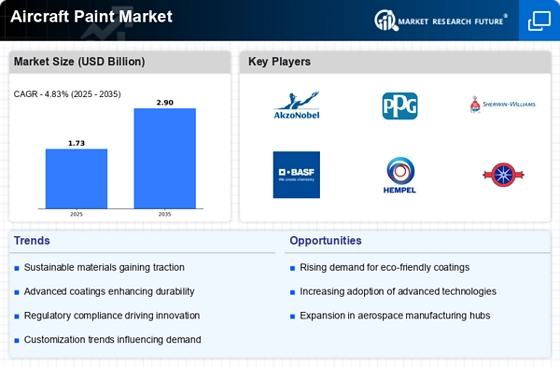
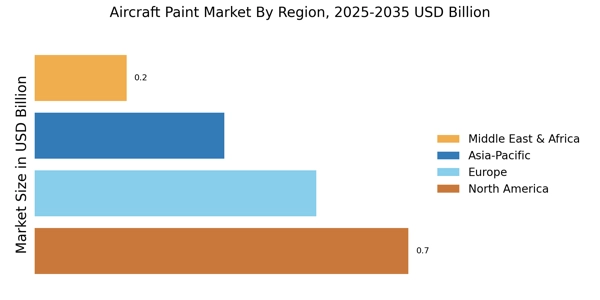
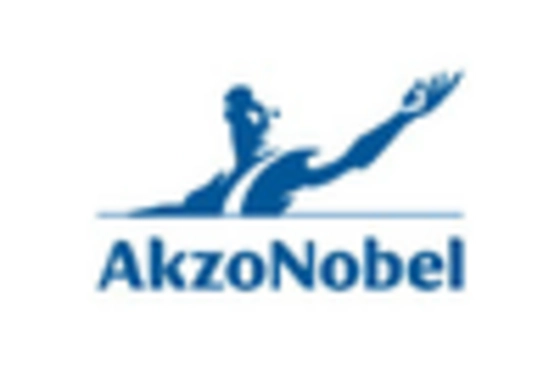

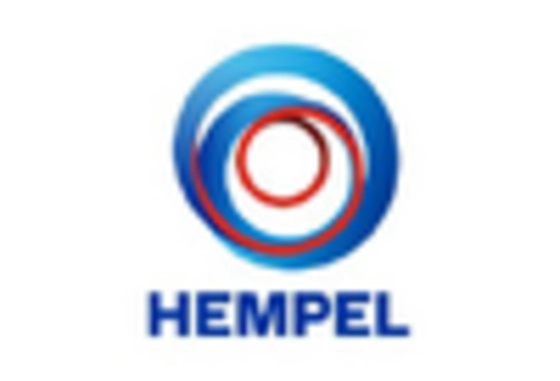
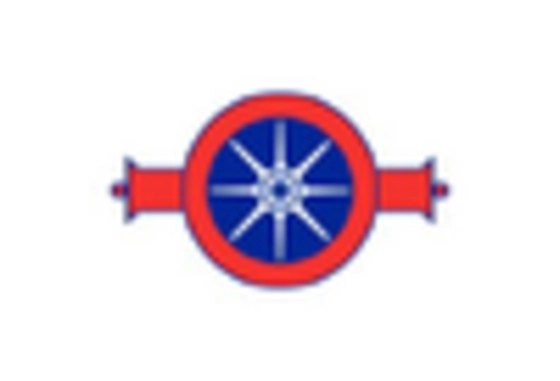
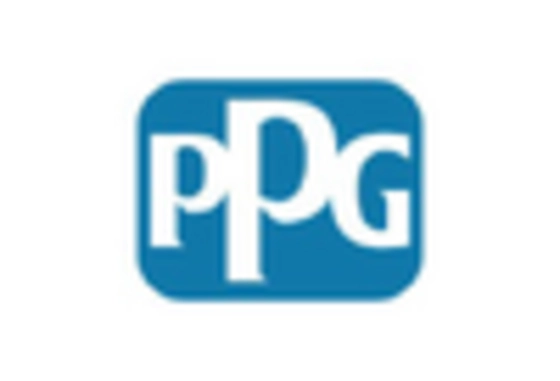
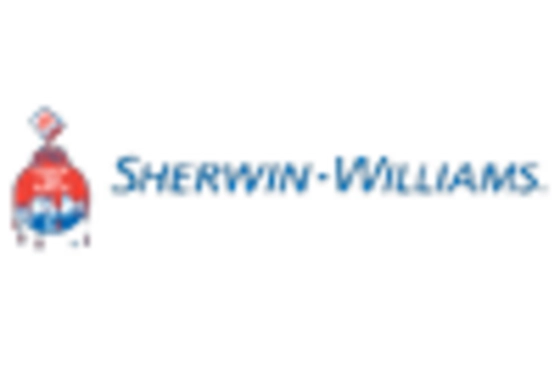








Leave a Comment